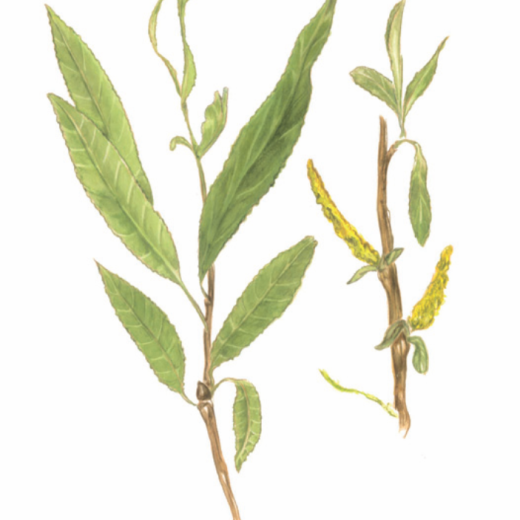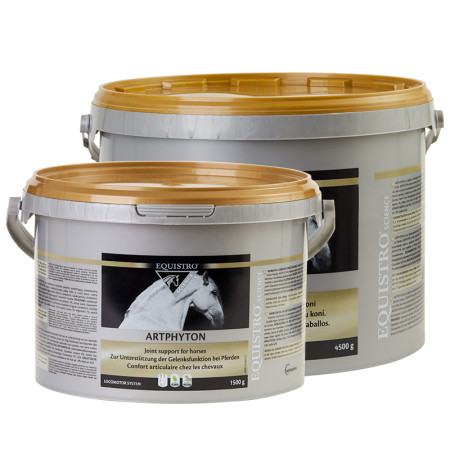
Willow (Salix alba)
The bark of willow (Salix alba) is naturally rich in Salicin, a pro-drug of salicylic acid with analgesic, antipyretic and anti-inflammatory properties. Preparations containing salicylic acid are generally used for joint mobility disorders and general pain.
Description
Willow (Salix alba) is a tree species from the willow family (Salicaceae) found throughout Europe. The name refers to the silvery, narrow lanceolate leaves.
Properties
The bark of the willow naturally contains high amounts of salicin. Salicin is converted into the active ingredient salicylic acid in the intestine and liver. Salicylic acid has an analgesic, antipyretic and anti-inflammatory effect.
Possible uses
Preparations containing salicylic acid are generally used for joint mobility disorders and general pain.
In combination with other extracts of willow bark, the plant-based active ingredient salicylic acid has a similar effect to the synthetic imitation acetylsalicylic acid, but is better tolerated.
Important to know
- Willow is known to possess antiplatelet activity and can trigger the analgesic effects of NSAIDs - A combination with pain killers as well as blood thinners is not recommended
- Should not be given during pregnancy

